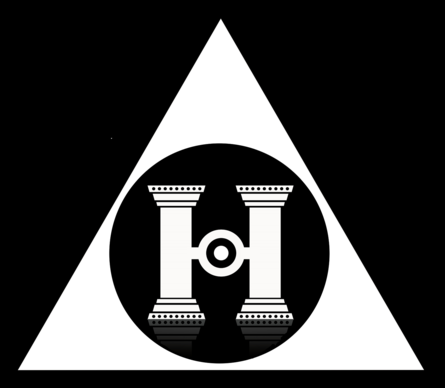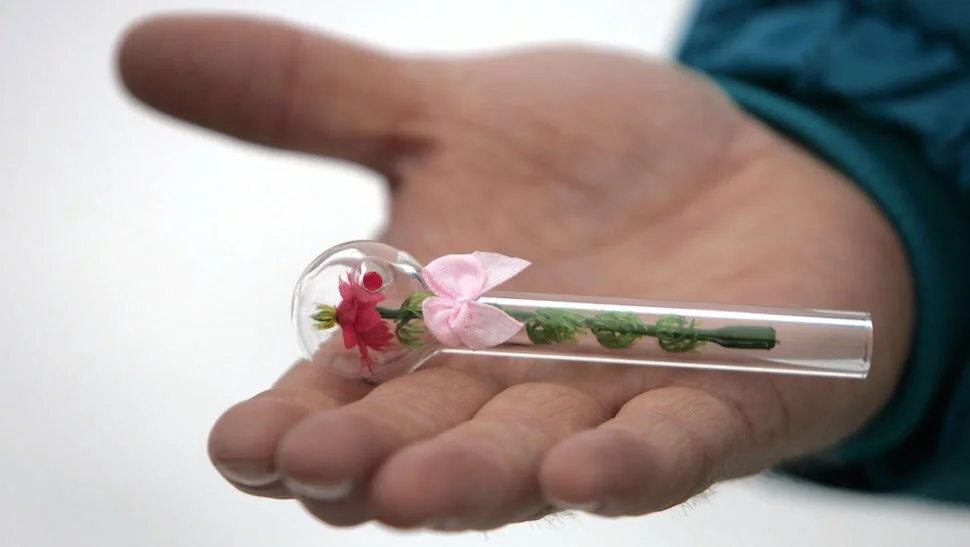Psychedelic Therapy
How to Achieve Best Results from Psychedelic Therapy
Observed Therapeutic Benefits
(references at bottom of page)
(originally written for a talk, so the language is clunky)
Psychedelic medicine offers some very promising results for the treatment of addictions, anxiety related to chronic illness, as well as the treatment of depression. Though these benefits are often achieved during only one or two sessions, and as Griffiths and Grob state - Hallucinogens are not drugs of addiction as they don't promote compulsive drug taking nor do they induce withdrawal symptoms, there are other pitfalls to this therapeutic approach that must be addressed, as they are avoidable.
In an open label study by Carhart-Harris and a team at the college of Medicine at the imperial College in London found that two oral doses of psilocybin (10mg and 25 mg 7 days apart) were enough to reduce patient’s depressive symptoms at assessments 1 week and up to three months after treatment.
In a review by Tupper, Yensen and Johnson, authors review studies which indicate that LSD assisted psychotherapy was observed to lower anxiety related to terminal illness and these therapeutic benefits were observed a year later – with no acute or chronic drug-relate adverse events.
These same authors looked at studies concerning Psilocybin and addictions and among those who completed one such study with alcoholics found that average percent drinking days and percent heavy drinking days were reduced more than half of what had been reported prior to the study. In a smoking cessation study, at six month’s follow up, 12 of the 15 participants were no longer smoking.
LSD therapy has also been related to improvements in alcoholism as per a study at the Health Sciences Center at the University of New Mexico and to increases in characteristics such as openness and optimism as per a study by Harris and a group at Cambridge University
Smoking cessation as mentioned in the Tupper review as well as Bogenshutz’ alcoholic’s positive outcomes are related to participants experiencing what the authors refer to as the mystical experience – so called because of the closeness the psychedelic-induced state resembles descriptions of states purported by many mystics – one characterized by a sense of interconnectedness with all people and things accompanied by the experience of transcending time and space, and feelings of sacredness and joy.
Also, a fun thing to note. Lifetime use of classic psychedelics (such as mushrooms or LSD (acid)) on the population level, is associated with decreased – not increased, as commonly believed - psychological distress.
Potential Risks
Those of you at the Tupper talk a few weeks ago may have noticed that he said something about not being able to find any negative effects of psychedelic substances. I found some.
Aside from cautionary tales from people claiming to have met someone who, during their first psychedelic experience, developed or exacerbated an already existing mental disorder (something we should definitely take into consideration), research points to several possible dangers related to these substances.
Griffiths and Grob state that sometimes hallucinogens can induce anxiety, paranoia or panic, which can escalate in unsupervised settings and can be more intense or longer lasting in people with psychotic spectrum mental disorders such as schizophrenia or bipolar disorder. This distress can last days, weeks or longer. Tupper, in his paper, highlighted that psychotic breaks can also occur in people with a predisposition to these disorders.
Not to say that all negative, short term effects of psychedelics should be considered life shattering or a sign of long-term psychological malaise. Many people suffer from anxiety, fear and heart rate and blood pressure changes. Without proper supervision, this can escalate into panic and dangerous behaviour, but as Carhart-Harris and the group in London note – “the short-term effects can be quite different from their long-term effects.” What this means for the average tripper is that a “bad trip” can actually lead to positive, long lasting outcomes for the participant, something the authors of that study thought was more important than transient discomfort or fear.
In order to reduce the risk of the exacerbation of an already existing metal disorder, very specific exclusion criteria were followed which meant that even under the supervision of psychiatrists, physicians and therapists, there were some people who were never allowed to participate in psychedelic therapy. The exclusion criteria commonly adhered to are as follows:
No family or personal history of schizophrenia, psychosis or bipolar disorder
No family history of suicide
Not Pregnant
People with the history of pre-pscyhotic states, it is possible that the psychedelic experience will trigger a semi- or permanent break from reality. Pregnant women, well we don't really know what these substances do to unborn babies, so they suggest avoiding it.
Set and setting
Set and setting includes everything about the experience that is not the active substance taken – the other people present, the expectations of the participant and the atmosphere the experience happens and its’ effect on the sense experience of the participant.
Up until the publication of their book “The Hallucinogens” in 1974, Humphrey Osmond and Abram Hoffer had facilitated over 5000 psychedelic experiences for nearly 1500 people, including themselves and some of the most difficult to treat alcoholics and addicts. Through these experiences, these true scientists devised a procedure for easing people into the self-reflective state of the psychedelic experience most likely to elicit the mystical experience most closely related to positive therapeutic outcomes. The method that they devised is still used in modern psychedelic research. It is as follows:
Obtain informed consent
Explain the effects of the substance they are about to ingest while introducing the therapeutic team and having breakfast and/or coffee
Clinical sessions take place in quiet treatment rooms with pleasant and comfortable décor in health care facilities. These rooms have comfortable seating.
Headphones or speakers deliver specially chosen music – traditionally, they used classical music (Tchaikovsky, Beethoven), but I suggest there is a whole new collection of music specifically designed to be both psychedelic and mystical.
During the actual session, interactions between the participant and the therapists are kept to a minimum, with participants encouraged to spend much of the time engaged in self reflection while listening to the music – to focus their awareness and mindful attention inward to follow their personal process of perception, emotion and cognition.It should be noted that people who are more in touch with their so-called true selves have often required less of the active substance while alcoholics and self-deluded individuals often require more in order to “let go” of their normal patterns of perception.
Once the psychonaut has completed their inward journey, they retire to a private sleeping room in the facility to rest, reflect, and write their experience in the morning.
The chances of experiencing a positive, meaningful, lasting change as a result of the psychedelic experience is increased, and the chances of experiencing lasting negative effects are decreased through the exclusion of people more likely to experience a psychotic break as a result of the experience, and through the preparation of set and setting.
(references below this hilarious comic strip)
References
Bogenschutz, M. P., Forcehimes, A. A., Pommy, J. A., Wilcox, C. E., Barbosa, P. C. R., & Strassman, R. J. (2015). Psilocybin-assisted treatment for alcohol dependence: A proof-of-concept study. Journal of Psychopharmacology, 29(3), 289-299.
Carhart-Harris, R. L., Bolstridge, M., Rucker, J., Day, C. M., Erritzoe, D., Kaelen, M., ... & Taylor, D. (2016). Psilocybin with psychological support for treatment-resistant depression: an open-label feasibility study. The Lancet Psychiatry.
Carhart-Harris, R. L., Kaelen, M., Bolstridge, M., Williams, T. M., Williams, L. T., Underwood, R., ... & Nutt, D. J. (2016). The paradoxical psychological effects of lysergic acid diethylamide (LSD). Psychological medicine, 46(07), 1379-1390.
Gasser, P., Kirchner, K., & Passie, T. (2014). LSD-assisted psychotherapy for anxiety associated with a life-threatening disease: A qualitative study of acute and sustained subjective effects. Journal of Psychopharmacology, 0269881114555249.
Gasser, P., Holstein, D., Michel, Y., Doblin, R., Yazar-Klosinski, B., Passie, T., & Brenneisen, R. (2014). Safety and efficacy of lysergic acid diethylamide-assisted psychotherapy for anxiety associated with life-threatening diseases. The Journal of nervous and mental disease, 202(7), 513.
Griffiths, R. R., & Grob, C. S. (2010). Hallucinogens as medicine. Scientific American, 303(6), 76-79.
Mithoefer, M. C., Grob, C. S., & Brewerton, T. D. (2016). Novel psychopharmacological therapies for psychiatric disorders: psilocybin and MDMA. The Lancet Psychiatry, 3(5), 481-488.
Yensen, R., & Johnson, M. W. (2015). Psychedelic medicine: a re-emerging therapeutic paradigm.






